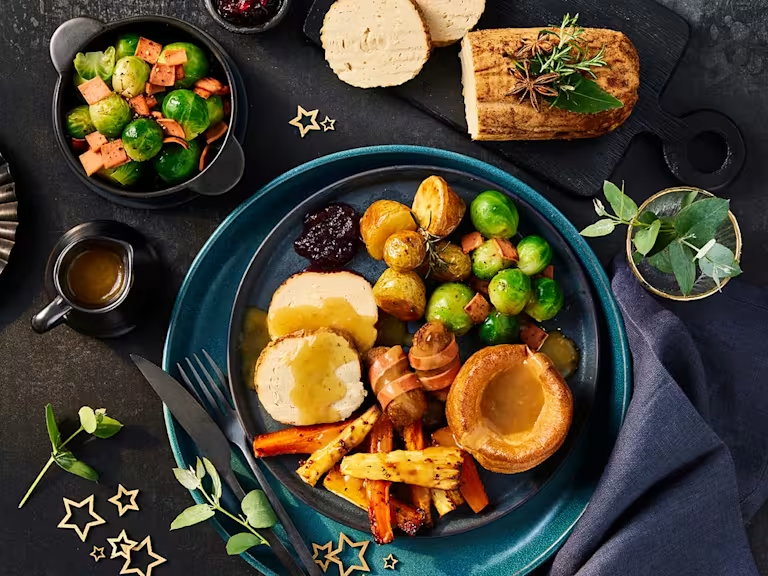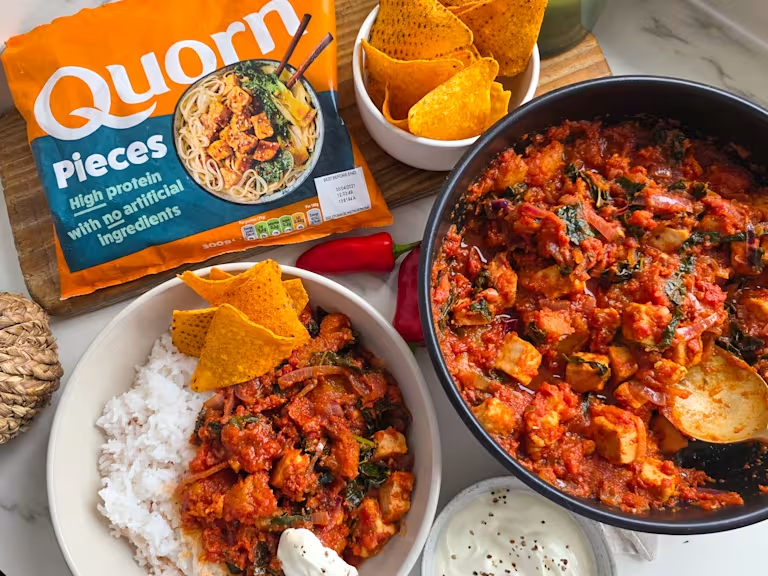
How to Meal Prep With Ease
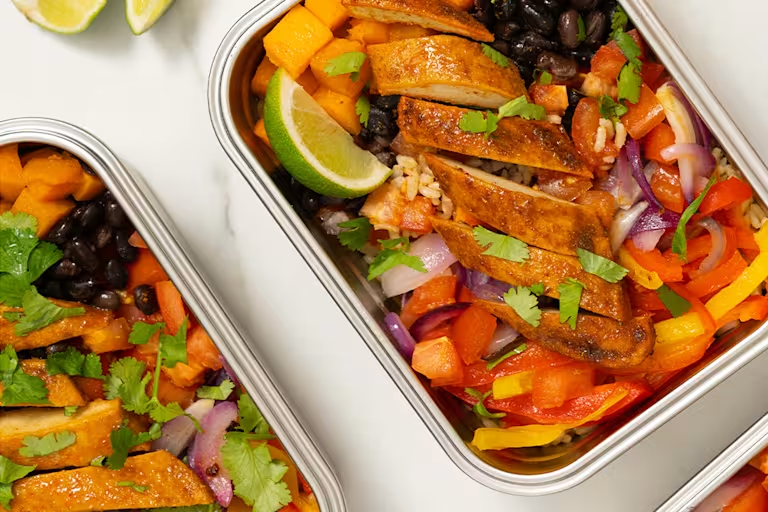
Meal prep has a host of benefits. Not only does it save time on cooking weeknight meals, but it can also help cut down on waste and food bills. Additionally, meal prep can reduce portion size, helping you reach your nutrition goals more easily. It can also create a better relationship with food, as you‘re less likely to pick unhealthy options for the sake of convenience if your meals are already prepared.
But what is meal prep – and how does meal prep work? Read on as we uncover the answers to these all-important questions and teach you how to plan, cook, and store nutritious meals for the week ahead.
Meal prep is a concept where you plan out and prepare your meals ahead of schedule. It’s particularly popular amongst busy people, as it can reduce time spent in the kitchen throughout the week. There are various ways to meal prep, so you can choose a method that works best for you.
What is meal prep?
Batch cooking
Batch cooking involves making a large portion of a specific recipe and then splitting it into individual portions so it can be eaten at a later stage. Examples of popular batch meal prep recipes include casserole, soup, chilli, and spaghetti bolognese. You can also batch-freeze meals so they last longer.
Individually portioned meals
Cook up a delicious fresh meal and divide into individual portions which can then be stored in the fridge or freezer and eaten throughout the week. This is a great option if you’re looking for a quick and healthy lunch or know you’ll need a speedy dinner!
Pre-prepped ingredients
This method involves peeling, chopping, and slicing ingredients ahead of time so they’re ready to be whipped up into a meal. This method can be particularly beneficial if you’re hosting a dinner party or are on a tight schedule as it can help reduce cooking time.

How to meal prep for the week
If you’re new to meal prep, don’t worry. It’s easy to get started. Just follow these simple steps:
Do your research
Figuring out which ingredients to include in each meal can be tricky. So, it may help to do a little research beforehand to find recipes that suit your nutritional needs.
For example, if you’re looking to build muscle, then you’ll want to try and incorporate muscle-building foods, such as meat, eggs, fish, whole grain, and dairy into your meal plan. Alternatively, if you’re a vegetarian or vegan, you’ll want to consider filling up on high-protein foods like tofu, Quorn mycoprotein and quinoa to help maximise your muscle gain.
Choose recipes that work together
By putting some thought into your meal prep recipes and choosing ingredients that work together, you can reduce cooking time. It can also help you add more variety to your weekly meals. For example, if you batch cook some Quorn Mince and veggies, you can use one half to whip up a hearty spaghetti bolognese and the other half for a zesty chilli con carne.
Plan ahead
To get the most out of meal prep, it’s important to plan ahead. This includes putting time aside each week to prep and cook your meals. Most people find that batch cooking their meals on a Sunday helps them to prepare for the week ahead. Others prefer to use Sunday as a day of rest, so find a method that works for you.
You’ll also want to pull together a shopping list of the ingredients you’ll need. Not only will this prevent you from forgetting any vital ingredients, but it can also help save you some extra cash, as you’ll be less tempted to pick up things you don’t need at the supermarket.
Invest in some meal prep containers
It’s also important to consider how you’re going to store your meals. Popular storage methods include airtight containers for individual portions and prepped ingredients, and freezable containers for batch cooking. However, for sauces and soups, make sure your containers are leak-proof and microwavable if you plan to reheat them in the microwave.
You should also think about how practical your containers are. For example, if you only have a small fridge, stackable containers may be a better option as they can help you utilise your storage space more efficiently. Divided containers are also another great option if you’re prepping your lunch for work. These feature different compartments, allowing you to store your snacks and mains separately.

How long does meal prep last?
Most meals are safe to store in the fridge for between three to four days. So, if you’re looking to keep your food as fresh as possible, it's best to schedule meal prep cooking time twice throughout the week – for example, on a Sunday and a Wednesday.
However, you can always freeze your meals. This way, you can enjoy them for longer. Unlike freshly cooked meals, frozen meals can last between three to six months if stored properly (depending on the ingredients).
How to store your meal prep dishes
Food safety is another crucial part of meal prepping. Here are some basic food storage safety guidelines to follow:
-
Be mindful of storage temperatures – Make sure your fridge is between 5°C and your freezer is at -18°C or below.
-
Refrigerate meals quickly – Refrigerate fresh food and meals within two hours of cooking. For quicker cooling, portion cooked foods into shallow containers and refrigerate immediately.
-
Label meals – Use labels to keep track of when each meal was made and when it should be eaten by. And label what the food is – you don’t want any UFOs (unidentifiable freezer objects!)
-
Keep raw and cooked food separate – It’s important to keep raw and cooked food separate as bacteria from raw food can contaminate cooked food.
-
Keep raw meats on the bottom shelf – Raw meat, poultry, and fish should always be kept on the bottom shelf of the fridge. They should also be wrapped or sealed in a container to prevent them from contaminating other food.
How to reheat your meal prep dishes
Ensuring your meals are reheated properly can help prevent food poisoning. Here are some safety guidelines to follow:
-
Thaw foods safely – Frozen foods should be thawed in the refrigerator, rather than on the countertop. To speed up the thawing process, you can submerge it in cold water and make sure you change the water every 30 minutes.
-
Reheat meals at a safe temperature – All your meals should be reheated to at least 75°C before eating. Ensuring your meals are reheated properly is important as it can help to kill foodborne bacteria.
-
Don’t reheat food more than once – Repeatedly changing the temperature of your food can give bacteria more opportunities to grow.
Learning how to meal prep can save you time and money. Make your week a little easier with our tasty vegan and vegetarian meal prep recipes.

Meal prep FAQs
How can I meal prep for weight loss?
If you’re meal-prepping for weight loss, make sure each meal includes a balance of protein, carbs, vegetables, and healthy fats. You should also try to control each portion size, as this can prevent you from overeating. Salads, burrito bowls, and soups are just a few examples of wholesome weight-loss friendly meal prep options.
How do you meal prep salads and keep them fresh?
Salads are a great go-to option if you’re trying to eat healthily but don’t have time to cook. They’re also super easy to prep in advance. Simply chop and prepare your veggies, then add your beans, grains, pasta, or noodles. Next, add your cooked protein, such as chicken or Quorn Vegetarian Chicken pieces, and enjoy within a couple of days of making.
How do you meal prep rice?
To meal prep rice, just make sure your rice is cooked all the way through and then refrigerate it in a tightly sealed container. Once ready to eat, cooked rice can be safely reheated in the microwave, on the hob, or in the oven. Reheated rice can be used in dishes such as fried rice or stuffed peppers.
How do you meal prep pasta?
To meal prep pasta, bring the pasta to a boil and make sure it’s cooked all the way through. Once cooked, refrigerate in an airtight container. You can then add it to a salad and enjoy it cold or reheat it in the oven, microwave, or on the hob.
Recent news
All news
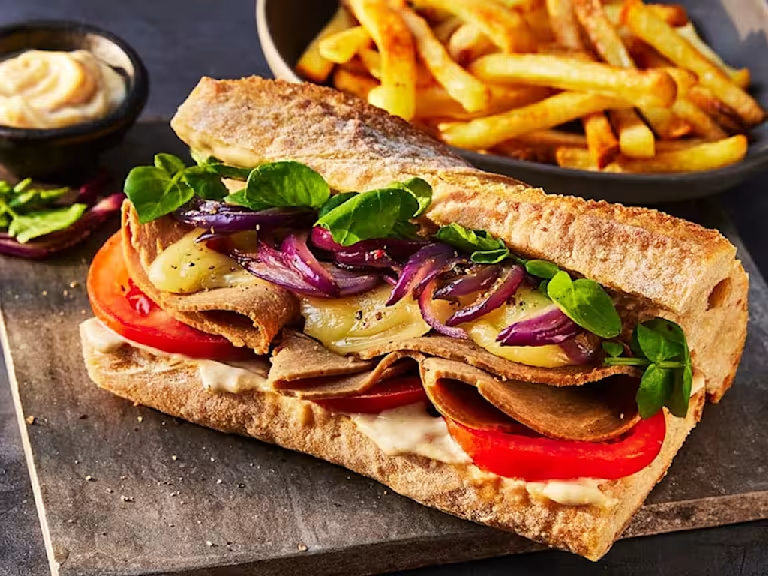
The Ultimate Sandwich Guide
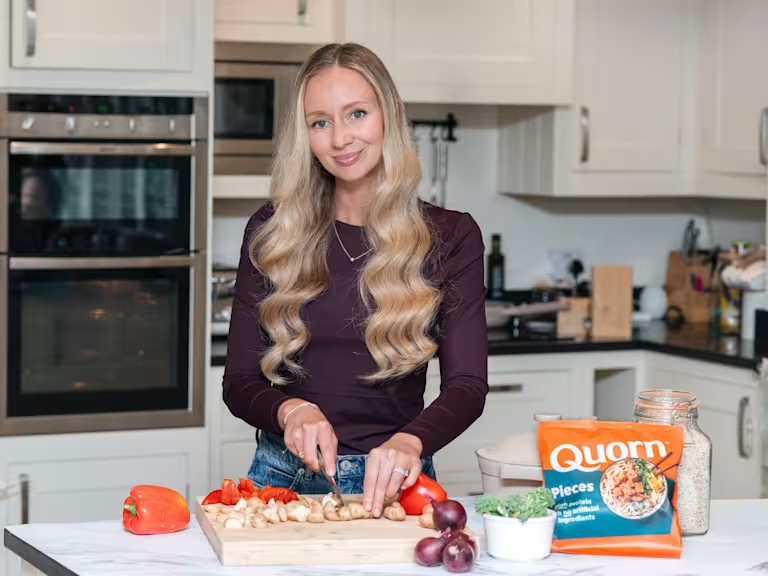

Sustainability WINNERS – FDF Awards 2025
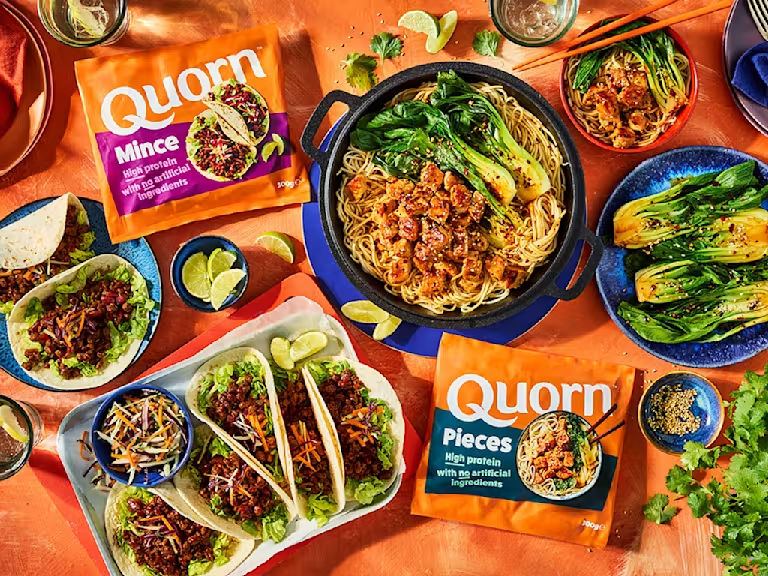
No Artificial Ingredients
